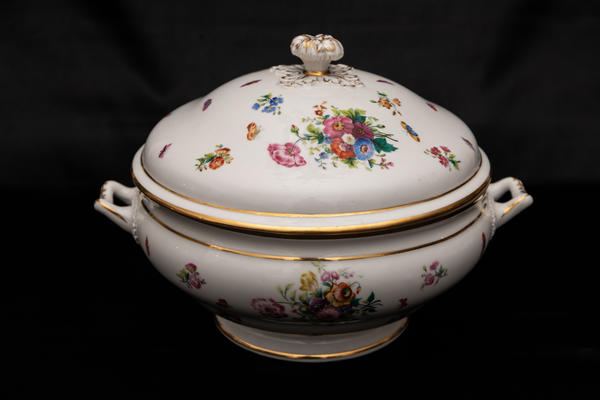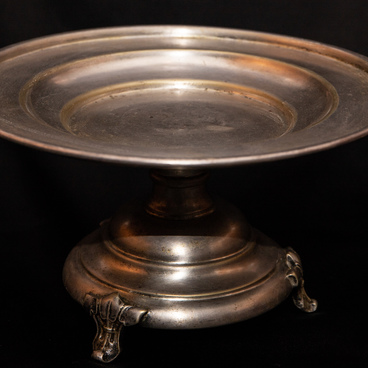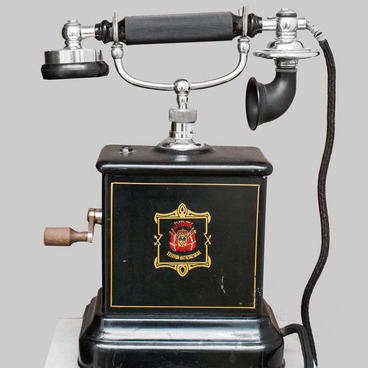Soup tureen is tableware, in which soup or broth is served and from which it is ladled out into plates.
At ceremonies and during important meals, as well as in everyday life, members of imperial family used porcelain dishes, mainly from large Russian manufacturers, Imperial Porcelain Factory in particular. Over the years, this factory produced a variety of porcelain ware specifically for the royal dynasty. Each year, this company manufactured personalized table sets, services that commemorated festive events, and many other china wares.
An important stage in the development of artistic production at Imperial Porcelain Factory began during the reign of Alexander III, in 1881–1894. The Emperor pointed out: The Emperor wishes… to place the Imperial Porcelain Factory in the best possible conditions, both technical and artistic, so that it is worthy of its Imperial name and serves as a model for all private manufacturers in this industry.
So the factory started working on the production of two large table sets. The first set was called Coronation, and the second one was based on Vatican paintings by Raphael. Sketches for the last table set were personally corrected by Alexander III.
The Emperor’s tastes and preferences had a great influence on the artistic development of the whole factory. The sovereign preferred Chinese and Japanese vases, terracotta, colored glaze, and underglaze painting, which was introduced into fashion by Royal Copenhagen manufactory. Therefore, chinaware with underglaze painting became one of the specialties manufactured at the Imperial Porcelain Factory.
During the reign of the last Russian Emperor Nicholas II, from 1894 to 1917, the factory reached the highest technical and technological level. The factory was proud of its artistically designed products. For example, Alexandrinsky and Tsarskoye Selo table sets were created for Empress Alexandra Fyodorovna, who was the patroness of the factory. By order of Nicholas II, the factory produced a series of military plates featuring troops in uniforms of the time of Alexander III and a sculptural series Nations of Russia. During the First World War, unique technologies of the Imperial Porcelain Factory formed the basis of new industrial production of chemical and electrical porcelain.
At ceremonies and during important meals, as well as in everyday life, members of imperial family used porcelain dishes, mainly from large Russian manufacturers, Imperial Porcelain Factory in particular. Over the years, this factory produced a variety of porcelain ware specifically for the royal dynasty. Each year, this company manufactured personalized table sets, services that commemorated festive events, and many other china wares.
An important stage in the development of artistic production at Imperial Porcelain Factory began during the reign of Alexander III, in 1881–1894. The Emperor pointed out: The Emperor wishes… to place the Imperial Porcelain Factory in the best possible conditions, both technical and artistic, so that it is worthy of its Imperial name and serves as a model for all private manufacturers in this industry.
So the factory started working on the production of two large table sets. The first set was called Coronation, and the second one was based on Vatican paintings by Raphael. Sketches for the last table set were personally corrected by Alexander III.
The Emperor’s tastes and preferences had a great influence on the artistic development of the whole factory. The sovereign preferred Chinese and Japanese vases, terracotta, colored glaze, and underglaze painting, which was introduced into fashion by Royal Copenhagen manufactory. Therefore, chinaware with underglaze painting became one of the specialties manufactured at the Imperial Porcelain Factory.
During the reign of the last Russian Emperor Nicholas II, from 1894 to 1917, the factory reached the highest technical and technological level. The factory was proud of its artistically designed products. For example, Alexandrinsky and Tsarskoye Selo table sets were created for Empress Alexandra Fyodorovna, who was the patroness of the factory. By order of Nicholas II, the factory produced a series of military plates featuring troops in uniforms of the time of Alexander III and a sculptural series Nations of Russia. During the First World War, unique technologies of the Imperial Porcelain Factory formed the basis of new industrial production of chemical and electrical porcelain.



